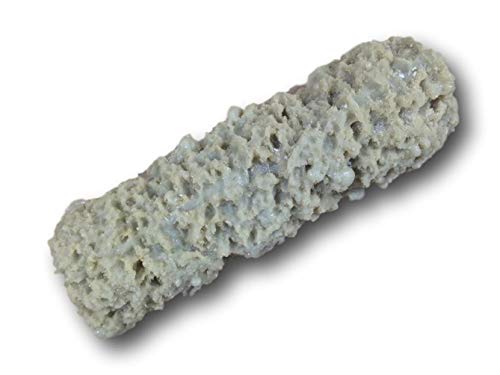newanatomy
Well-Known Member
- Joined
- Jan 5, 2014
- Messages
- 2,983
http://www.inquisitr.com/1955084/healthy-rice-coconut-oil-calories/
I keep seeing this story pop up. It seems like bunk to me but, here's hoping. ''
Eating white rice may not be one of the worst things that you can do on a diet after all!
Past studies have connected white rice consumption to an increased risk of obesity and diabetes.
That is primarily due to the fact that a cup of cooked rice adds up to nearly 200 calories and is considered mostly a starch since it converts into sugar and fat within the body instead of energy.
However, that line of reasoning might change thanks to the research studies of an undergraduate student and his professor at the University of Sri Lanka.
The new study reportedly proves that there just might be a way to drastically cut the calories of white rice by adding another ingredient into the mix — coconut oil.
According to the Washington Post, Sudhair James explained the findings from his research — including the “secret” ingredient — on Monday at the National Meeting & Exposition of the American Chemical Society.
“What we did is cook the rice as you normally do, but when the water is boiling, before adding the raw rice, we added coconut oil—about 3 percent of the weight of the rice you’re going to cook.”
Sudhair further stated that his preparation of the rice did not just consist of cooking time but also the cooling time as well.
“After it was ready, we let it cool in the refrigerator for about 12 hours. That’s it.”
What is so special about coconut oil? How can this particular type of oil drastically reduce the calorie count of white rice?
Dr. Pushparajah Thavarajva, the professor that supervised Sudhair’s research, explained that the calorie count could be reduced as long as the amount of digestible starch was also reduced. In the professor’s own words, “the impact could be huge.”
“The oil interacts with the starch in rice and changes its architecture. Chilling the rice then helps foster the conversion of starches. The result is a healthier serving, even when you heat it back up.”
The professor also states that their research will not stop with this one study. They still need to study other varieties and types of rice, as well as other oils besides coconut oil, to determine the boundaries of their findings.
However, knowing that adding something as seemingly insignificant as coconut oil to rice and cooling it for a considerable amount of time to reduce calories could possibly open up a whole new world of nutritious recipes for healthy eating.
I keep seeing this story pop up. It seems like bunk to me but, here's hoping. ''
Eating white rice may not be one of the worst things that you can do on a diet after all!
Past studies have connected white rice consumption to an increased risk of obesity and diabetes.
That is primarily due to the fact that a cup of cooked rice adds up to nearly 200 calories and is considered mostly a starch since it converts into sugar and fat within the body instead of energy.
However, that line of reasoning might change thanks to the research studies of an undergraduate student and his professor at the University of Sri Lanka.
The new study reportedly proves that there just might be a way to drastically cut the calories of white rice by adding another ingredient into the mix — coconut oil.
According to the Washington Post, Sudhair James explained the findings from his research — including the “secret” ingredient — on Monday at the National Meeting & Exposition of the American Chemical Society.
“What we did is cook the rice as you normally do, but when the water is boiling, before adding the raw rice, we added coconut oil—about 3 percent of the weight of the rice you’re going to cook.”
Sudhair further stated that his preparation of the rice did not just consist of cooking time but also the cooling time as well.
“After it was ready, we let it cool in the refrigerator for about 12 hours. That’s it.”
What is so special about coconut oil? How can this particular type of oil drastically reduce the calorie count of white rice?
Dr. Pushparajah Thavarajva, the professor that supervised Sudhair’s research, explained that the calorie count could be reduced as long as the amount of digestible starch was also reduced. In the professor’s own words, “the impact could be huge.”
“The oil interacts with the starch in rice and changes its architecture. Chilling the rice then helps foster the conversion of starches. The result is a healthier serving, even when you heat it back up.”
The professor also states that their research will not stop with this one study. They still need to study other varieties and types of rice, as well as other oils besides coconut oil, to determine the boundaries of their findings.
However, knowing that adding something as seemingly insignificant as coconut oil to rice and cooling it for a considerable amount of time to reduce calories could possibly open up a whole new world of nutritious recipes for healthy eating.











































